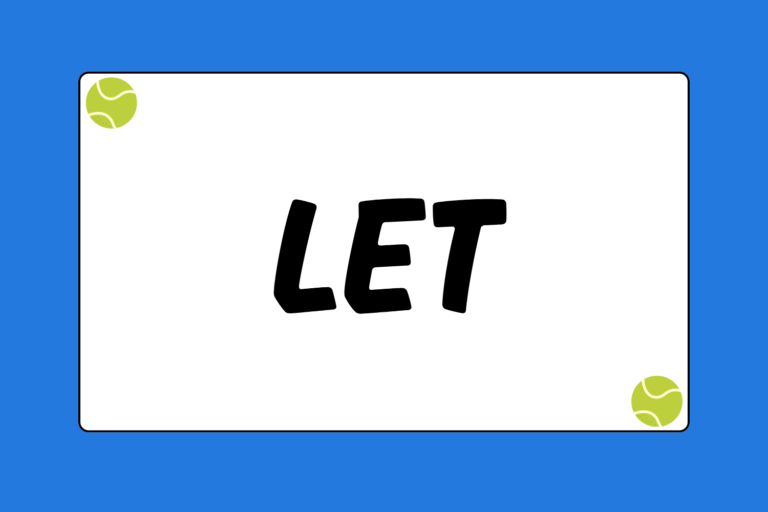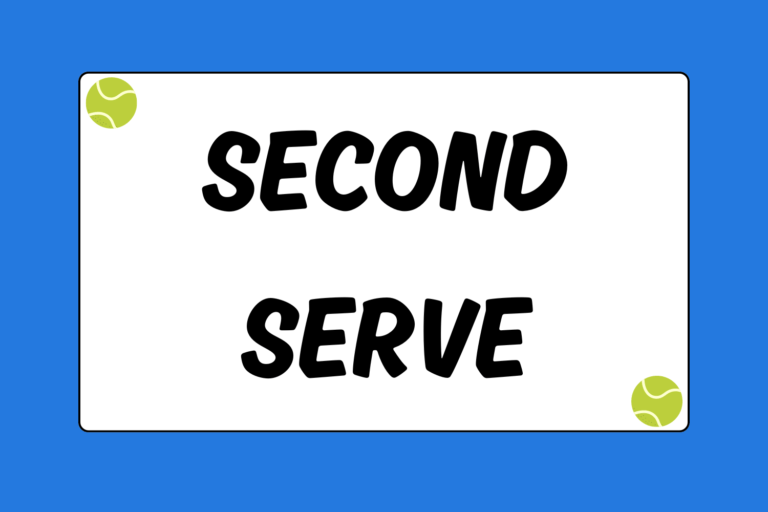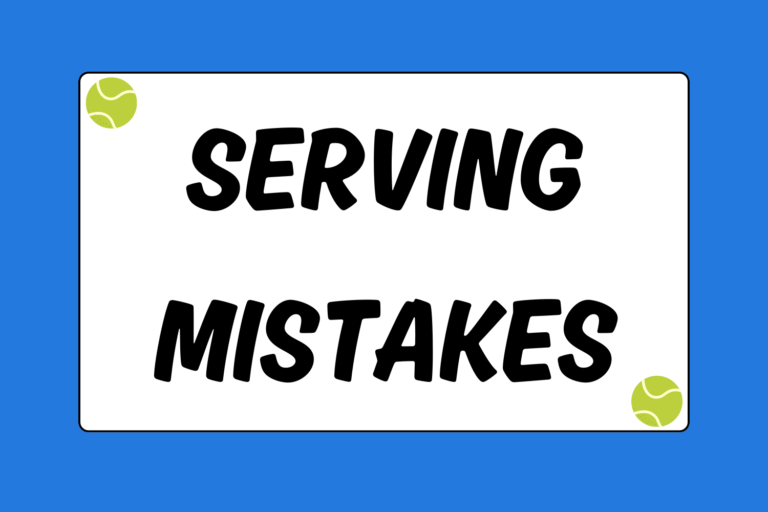Great tennis players command the ball like conductors controlling their orchestras. They can place the ball with hair-splitting accuracy, but can also can run down shots and force opponents into tough gets. However, tennis is just as much about timing as it is about control. The serve-and-volley technique, for example, is especially effective because it cuts down the time the ball is in play and leaves your opponent with less time to react.
Hitting the ball on the rise is another effective way to disrupt your opponent’s timing. Rather than letting the ball reach its apex after it bounces, you strike the ball as it’s rising. This guide explains the advantages of hitting the ball on the rise.
On the Up & Up
Hitting the ball on the rise requires a lot of practice and patience, but mastering the technique will take your game to the next level. The benefits include the following:
1. Tiresome Angles
You have to play closer to the baseline or even inside the baseline when hitting balls on the rise. Since you’re closer to the net, the ball takes sharper angles towards the sideline and off the court. As a result, your opponent will have to scramble from sideline-to-sideline and cover more court, likely exhausting him early on in the match. Forcing your opponent to hustle along the baseline and hit balls on the run puts you on the offensive, and you’ll gain a sizeable advantage as you go deeper into the match.
2. Rapid-fire Reactions
Hitting the ball on the rise hurts your opponent’s ability to recover, as he has less time to react and chase down shots. Rather than setting up for a groundstroke and hitting in rhythm, your opponent has to keep his feet moving and hurry out of his split step in order to get a good beat on the ball. After two or three shots, your adversary will likely be out of position and on his heels as you completely dictate the point.
3. Less Spin, More Power
If you wait for a ball to reach its apex, you have to get a good read on the ball’s flight path and spin. Balls hit with a lot of topspin explode off the bounce, but stay relatively low. Slice shots stay low, as well, but take a less predictable bounce. Hitting the ball on the rise, on the other hand, greatly minimizes the spin’s effectiveness. You won’t have to read the spin as much since you’re taking the ball much earlier and lower after the bounce.
Additionally, you generate a great deal of power when you strike the ball on the rise. Your opponent’s pace essentially works against him, and you can use a compact stroke rather than a big swing.
Hot Tip: Shorten Your Stroke
Huge backswings are not necessary when taking the ball on the rise. Most of your power comes from your opponent’s shot, so you simply need to deflect the ball back over the net. The higher the ball bounces, the more of a backswing you’ll need to use.
4. Take the Shortest Route
Hitting the ball on the rise forces you to move in as you swing. As a result, you cut off the angle of your opponent’s shot and have less overall court to cover. Rather than running side to side along the baseline, you take the ball soon after it bounces and decrease the width of his shot.
Most importantly, returning serves is much easier. Rather than letting the ball push you off the court, you cut off the serve and deflect it back over the net. Again, you don’t need as big of a swing because you’re using the power of your opponent’s shot to return the ball.
Rise to the Occasion
Taking the ball on the rise involves hand-eye coordination, ample training, and precise timing, but you’ll undoubtedly notice huge improvements in your game. Even if you don’t take every ball early, having the ability to hit shots on the rise is a huge weapon for your arsenal. You’ll put yourself in more break opportunities, and your opponent will gasp for air as he sweats out difficult points.





